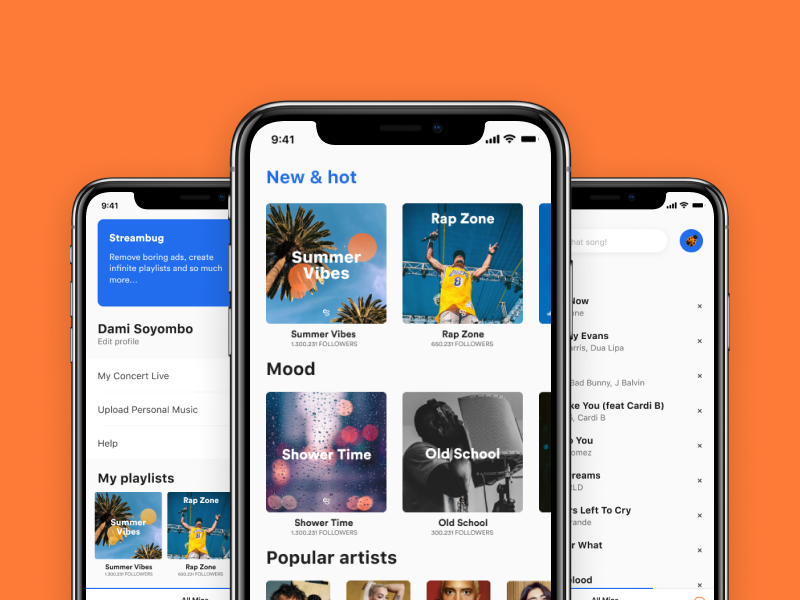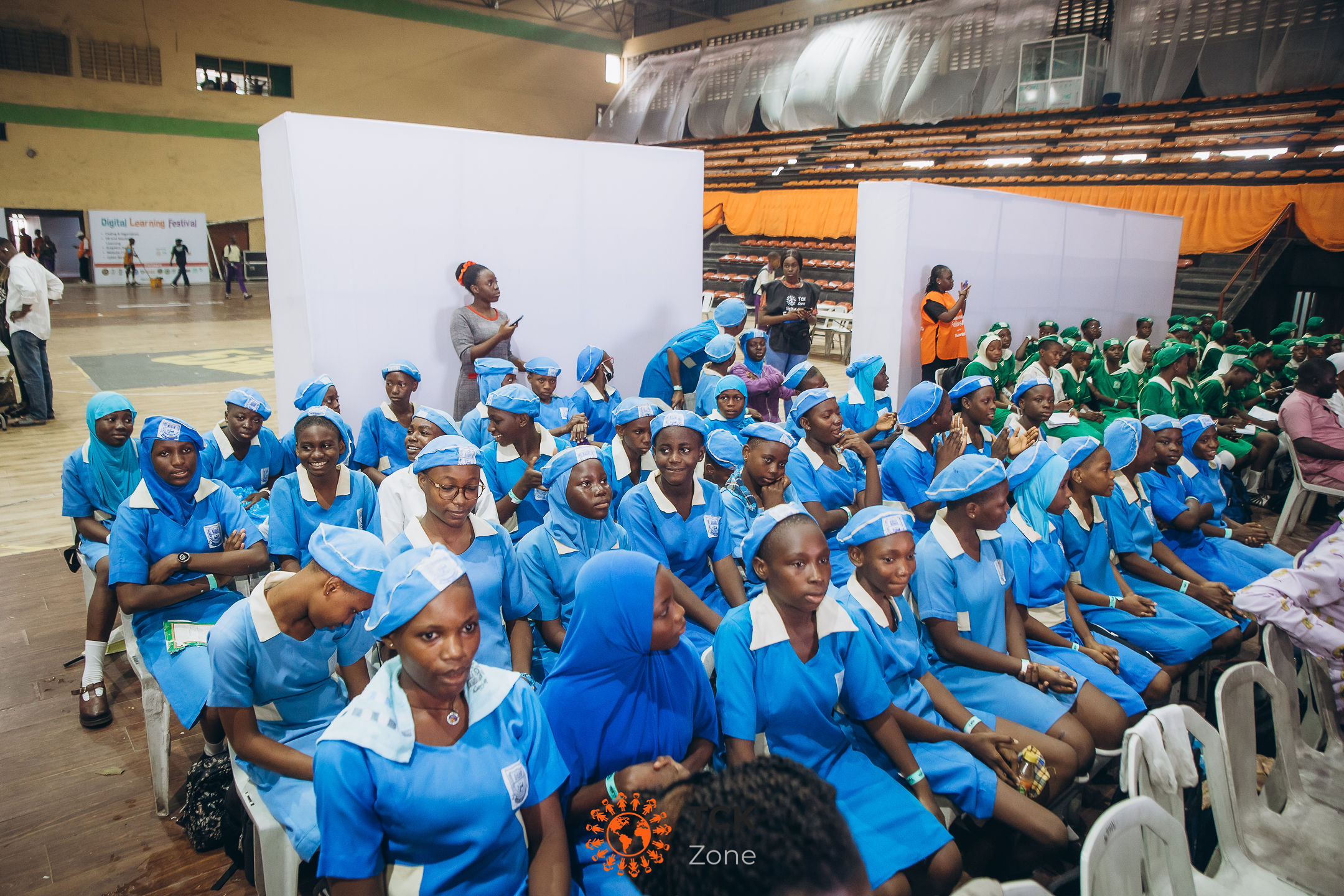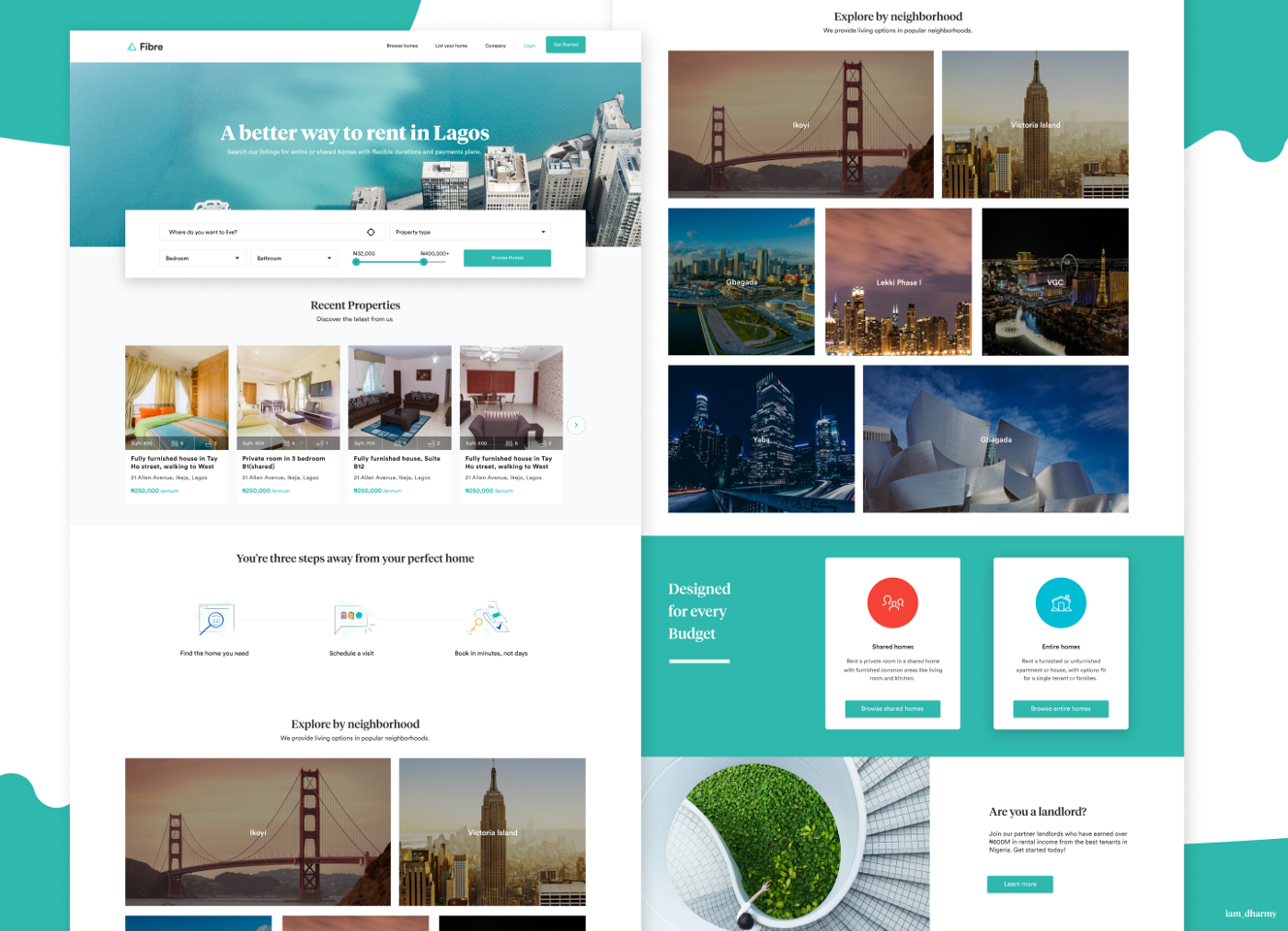A mobile app where users find music they love all in one place and discover new Artists.
Continue readingRestaurant Automation
A mobile and web application for a restaurant. Mobile and Desktop UI solution containing restaurant search, general information, table booking ability.
Continue readingHow NGOs Can Leverage Technology for Greater Impact
NGOs can no longer rely solely on traditional methods. To increase efficiency, scale impact, and adapt to evolving needs, NGOs must leverage technology for greater impact. Whether working in education, health, or economic development, integrating digital tools can radically transform how nonprofit organizations operate and deliver value. Non-governmental organizations (NGOs), non-profits, and social enterprise organizations must do more than just keep up. To remain relevant, scalable, and effective, they must evolve and technology has become a critical part of that evolution. NGOs that successfully leverage technology for greater impact can reach more people, improve internal efficiency, and amplify their voice in the communities they serve.
Technology is no longer a luxury or side tool. It’s a strategic asset that can help mission-driven organizations become more agile, data-informed, and community-centered. But how exactly can NGOs often stretched for resources integrate the right tools without losing their core mission?
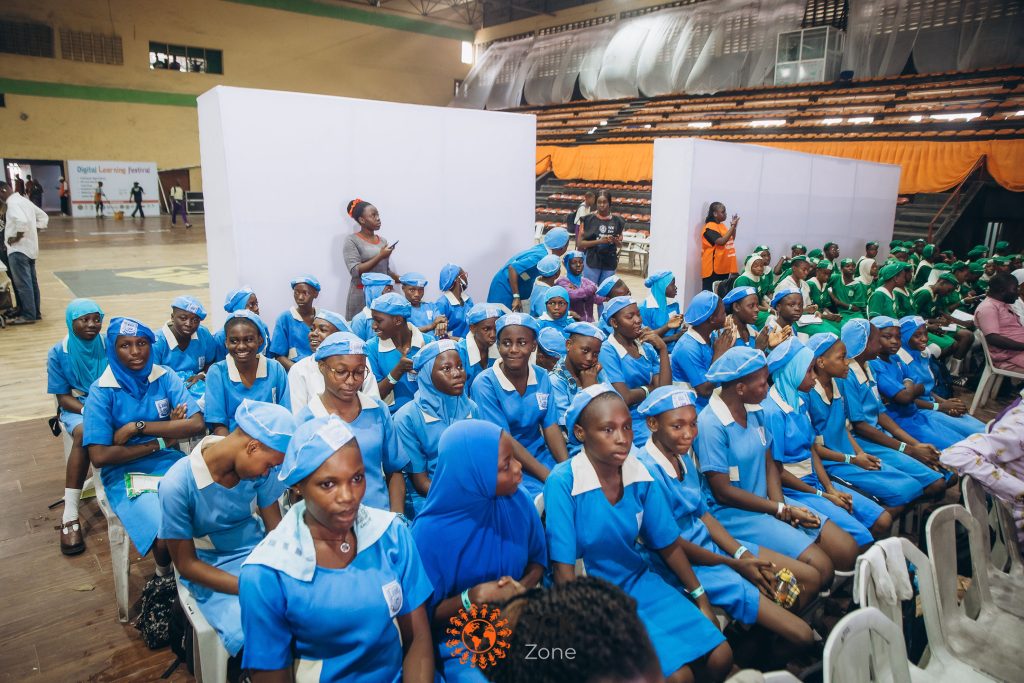
Why Technology Matters for NGOs Today
Over the last decade, donor expectations have changed. Stakeholders now want real-time reporting, data transparency, and measurable outcomes. Communities, too, have grown more digitally connected. Many people expect faster, mobile-first engagement. Therefore, traditional approaches to outreach, monitoring, and even service delivery no longer suffice.
A well-planned digital strategy enables NGOs to:
- Make decisions based on real data, not just intuition
- Serve more beneficiaries at lower costs
- Build stronger relationships with donors and partners
- Respond quickly in crisis situations
According to TechSoup, 92% of NGOs believe technology improves their effectiveness, but only 25% feel they are using it effectively.
Technology helps NGOs work smarter not harder.
Getting Started with the Right Mindset
For many NGOs, the word “digital” can feel overwhelming. Some assume that transformation requires large budgets or advanced expertise. However, this is often not the case. Many powerful tech tools are affordable, scalable, and user-friendly.
What matters most is starting with a clear goal. Instead of asking, What tech should we use?, ask: What challenge are we solving? This shift in mindset ensures that technology supports your mission, rather than distracting from it.
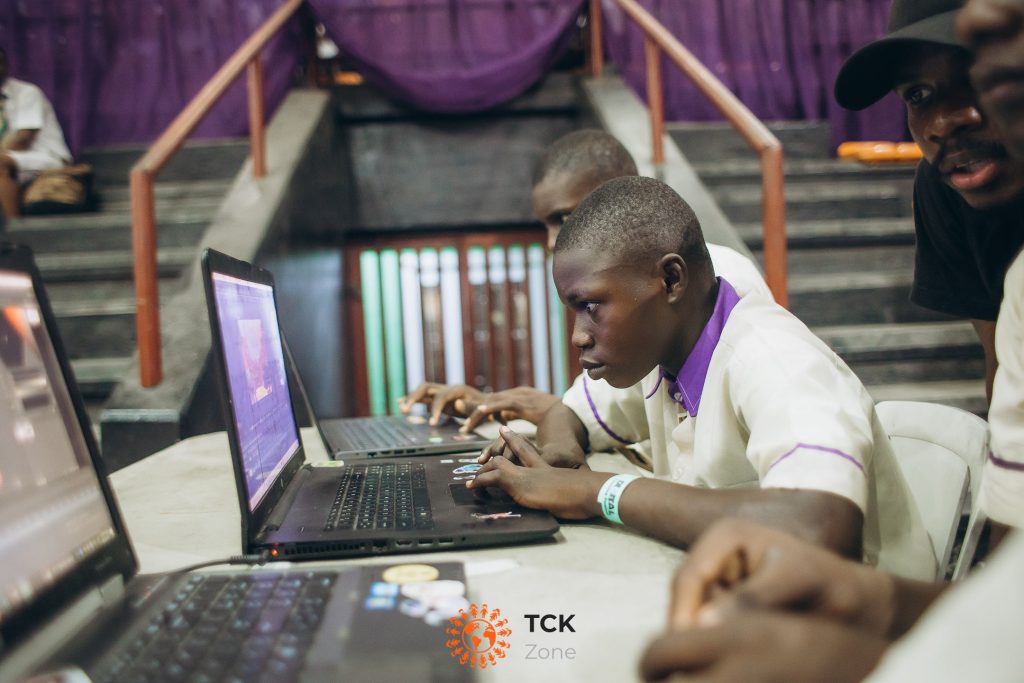
Real-Life Applications of Technology in NGOs
Technology can serve nearly every area of NGO operations. For instance:
- Collaboration: Cloud-based apps like Google Workspace or Microsoft Teams allow staff to work seamlessly, even across countries.
- Program delivery: Online platforms can extend training to rural communities where physical workshops aren’t feasible.
- Monitoring and evaluation: Tools like mobile surveys, dashboards, and cloud storage enable real-time feedback and impact tracking.
- Fundraising: Digital platforms simplify donation processing, campaign tracking, and donor communication.
Tools like Airtable, Canva, and Mailchimp are popular among mission-driven organizations for these very reasons.
At DamiOjo.com, I help NGOs map out tech strategies that fit their context, team capacity, and community needs. From choosing the right tools to training staff, our goal is to embed tech that enhances, not complicates, your work.
The Future Is Hybrid
The future of impact work will likely be hybrid; a mix of digital and face-to-face approaches. NGOs must be ready to blend in-person outreach with mobile apps, WhatsApp communication, AI-powered insights, and online learning.
This shift opens up exciting possibilities. For example, remote monitoring tools can help organizations support communities even during conflict or climate-related displacement. Digital storytelling platforms can elevate the voices of youth and women, drawing global attention to local issues.
Technology is not a magic solution. But used wisely, it becomes a powerful enabler of scale, sustainability, and systems change.
NGOs that learn to leverage technology for greater impact position themselves to lead, not follow, in the next chapter of social transformation.
Want to explore how your organization can build a tech-forward strategy?
Let’s work together to map a path that fits your mission, your team, and your community.
The Future of STEM Education for Girls in Africa
In the heart of Africa’s education revolution lies an urgent yet hopeful question: What does the future of STEM education for girls in Africa look like?
Across the continent, a powerful shift is unfolding. More girls are entering science, technology, engineering, and mathematics (STEM) classrooms than ever before. Yet, the future of STEM education for girls in Africa still depends on how we remove persistent barriers and design inclusive opportunities. Despite the global spotlight on gender inclusion, African girls remain significantly underrepresented in STEM-related academic tracks and careers a challenge rooted in cultural, systemic, and structural barriers.

Why STEM for Girls Matters More Than Ever
STEM skills are becoming the foundation for jobs, innovation, and problem-solving across Africa. With over 70% of Africa’s population under 30, the continent’s future depends on its youth. If girls are excluded from STEM, we lose out on half of the continent’s potential.
Empowering girls with STEM education does more than close gender gaps. It opens doors to dignified work, sparks innovation in local communities, and creates ripple effects that uplift entire families and economies. According to a report by UN Women, increasing women’s participation in STEM can significantly boost a country’s GDP and social outcomes.
The digital gender divide remains a significant barrier to achieving gender equality. Women and girls, especially in developing countries, have less access to digital technologies, limiting their opportunities in education, employment, and civic participation.
Challenges That Still Exist
Despite growing awareness, girls in Africa still face many roadblocks when it comes to STEM. In many schools, science labs are under-resourced. Qualified STEM teachers are rare. Cultural norms often label science and technology as “male” fields.
These factors combine to discourage girls early. By the time many reach secondary school, they are less confident in science and math. This limits their chances of pursuing higher education or STEM careers later in life.
In rural communities, this problem is magnified by infrastructure gaps, digital illiteracy, and lack of exposure to female role models in STEM fields.
Building a Better Future: What Needs to Change
The future of STEM education for girls in Africa is not a far-off ideal. It is already unfolding through grassroots innovation, bold policy shifts, and the relentless drive of educators, nonprofits, and young trailblazers across the continent.
We’re seeing the rise of community-based STEM clubs, mobile science labs, and digital platforms that teach coding, robotics, and engineering in languages and contexts that African girls understand. Governments in countries like Rwanda, Nigeria, and Kenya are beginning to integrate gender-responsive STEM policies into national education strategies.
But for this future to be sustainable, it must be:
- Locally relevant: STEM education should respond to local challenges and opportunities, from agriculture to climate change.
- Inclusive and adaptive: Digital platforms must be designed for low-bandwidth environments, with accessibility for girls in rural and low-income areas.
- Mentorship-driven: Connecting girls to African women in STEM through mentorship, storytelling, and peer communities builds confidence and aspiration.

The Role of EdTech and Digital Innovation
Digital education is a game-changer especially for girls who face mobility restrictions or school dropouts due to early marriage, pregnancy, or caregiving roles. EdTech solutions offer flexible, scalable alternatives, providing on-demand access to science content, coding programs, and interactive learning tools.
The future of STEM education for girls in Africa must go beyond simply teaching science and math. It must reshape how girls see themselves as problem-solvers, inventors, leaders. Representation matters. So does narrative. Girls should drive STEM.
This requires more than just infrastructure or content. It calls for a mindset shift in schools, in families, and in policy. And that shift must begin now.
Africa’s future will be built by its youth and girls must be at the center of that story. A continent as dynamic, diverse, and creative as Africa cannot afford to exclude half its talent from the tech and innovation economy.
By investing in sustainable, inclusive, and forward-thinking STEM education for girls, we are shaping industries, communities, and entire nations for generations to come.
In every workshop I lead, every school I support, and every project I design, I prioritize inclusion and identity.
Want to co-create a STEM program that empowers girls? Explore my STEM Education Program Service or reach out to start a conversation.
How to Build Sustainable EdTech Programs in Africa
Sustainable EdTech programs in Africa are critical to shaping the future of education on the continent. With millions of students lacking access to quality learning tools, it’s no longer enough to experiment with temporary solutions. For real impact, African education systems need EdTech programs that are designed with sustainability, relevance, and inclusivity in mind.
In this article, you’ll learn how to build sustainable EdTech programs in Africa that not only launch successfully but also grow, adapt, and last over time.
When Amina’s school got a shipment of shiny new tablets, everyone cheered.
It felt like a new dawn in her small town in northern Nigeria. For years, the school had struggled with a lack of textbooks, and many students, including Amina, had never used a computer before. The tablets came with learning apps, math games, and digital storybooks in Hausa and English.
For the first time, Amina saw a solar-powered computer lab, and it felt like magic.
But six months later, the tablets were gathering dust.
The solar panels had developed faults. The teacher who was trained had been transferred. No one else knew how to use the tools. Worse still, the program managers had moved on to a new project in a different state. The dream of digital learning faded just as quickly as it began.
Unfortunately, Amina’s story is not unique. Across Africa, EdTech projects launch with excitement but fail to last.
In Africa, technology is helping to change how students learn in schools. EdTech (Educational Technology) is opening up new ways to teach and learn. But here’s the real challenge:
How do we make these EdTech programs last?
How do we make sure they continue to work even after the excitement or funding fades?

Why Sustainable EdTech Matters in Africa
Sub-Saharan Africa is home to the world’s youngest population, yet access to quality education remains inconsistent. Technology has the potential to close the learning gap but only if programs are locally relevant, affordable, and resilient.
According to UNESCO, over 244 million children and youth are out of school globally, with a significant number in Africa. This makes sustainable EdTech initiatives a necessity.
Start by Understanding the Local Environment
Sustainable EdTech programs in Africa begin with research. Before bringing in any technology, it’s important to first understand the community you want to serve. Every school and area is different. What works in one place may not work in another.
- Find out what students, teachers, and parents really need
- Learn about their challenges with electricity, internet, and devices
- Use local languages or examples they understand
EdTech should solve real problems, not create new ones.
Keep It Simple and Accessible
In many parts of Africa, electricity and internet are not always reliable. So, the best EdTech tools are those that:
- Work on simple phones or without internet
- Use very little data
- Can be used offline
Less fancy, more useful, that’s the goal.
Support and Train Teachers
Teachers are key to the success of Sustainable EdTech programs in Africa. If they are not trained or confident, the tools may not be used at all.
- Give regular training (not just once!)
- Show how tech can make their teaching easier
- Create groups where teachers can learn from each other
When teachers feel supported, they’ll use the tools better and help their students do the same.

Focus on What Matters
Many programs report how many laptops they gave out or how many students logged in. But real success is when students are learning better.
Track things like:
- Are students reading and writing better?
- Are they more interested in school?
- Are teachers using the tech often and well?
This helps you know what’s working and what needs to change.
Sustainable EdTech programs in Africa aren’t built overnight. Sustainability isn’t about how many tablets you distribute or how many training sessions you run. It’s about whether, three years from now, Amina and her classmates are still learning with those tools and growing with them.
It’s about whether the program is still relevant, useful, and locally led, even if no one from the outside is watching.
If you’re planning to launch or scale an EdTech initiative, I can help you do it right. I’ve worked with teams across the continent to develop digital learning strategies that are built to last.
Ready to build or scale your EdTech project? Explore my services or book a consultation today.
Redesigning Fibre.com Landing Page
An online marketplace to rent an apartment in Lagos Eliminating the barriers that make it difficult for young professionals and families to get an apartment.
Continue reading

